Edward Bach and the Power of Flowers by Stefan Ball
Article by Stefan Ball, USA
Stefan Ball has been a consultant at the Bach Centre since 1996. He is a director of the Bach Visitor and Education Centre, and the author of many books on Dr Bach and his work.
In 2008 many orthodox doctors remain suspicious of complementary medicine; eighty years ago almost all of them were. This makes the story of Dr. Edward Bach, discoverer of the oldest and best-known system of flower remedies, all the more remarkable. In a few short years Bach developed from orthodox research-minded doctor into a pioneer of complementary medicine.
Bach was born in 1886 in England. He studied medicine at Birmingham University before moving to University College Hospital in London. In 1912 he qualified as a doctor of medicine. He continued studying for another two years, and in that time earned the right to use a whole string of letters after his name -Bachelor of Medicine, Bachelor of Surgery, Member of the Royal College of Surgeons, Licentiate of the Royal College of Physicians, Diploma of Public Health.
Bach worked as a pathologist and house surgeon. He also undertook original research into vaccines and chronic disease, and published articles in professional medical journals. As a result he became well known in the profession.
Bach believed that orthodox medicine was too concerned with the control of physical symptoms and not enough with inner health, the health of the mind and the spirit. When he completed his medical training he said, ‘it will take me five years to forget all I have been taught’. The model of medicine then in fashion was so rigidly materialist that he saw it as an obstacle to be overcome rather than a stepping stone to what he wanted to achieve: a form of medicine that would heal from the inside.
In 1919 Bach took the post of pathologist and bacteriologist at the London Homoeopathic Hospital and was given as introductory reading matter a copy of Samuel Hahnemann’s seminal text The Organon. At first he was suspicious of Hahnemann’s theories, but he soon saw clear parallels between his research into vaccines and some of the fundamental principles of homoeopathy.
Bach decided to test Hahnemann’s theories by preparing his vaccines homoeopathically, and was delighted at the results. He drew up full symptom pictures for the new preparations, including ‘mentals’ – personality and emotional characteristics observed in people suffering from this or that type of bacterial infestation.
In the 1920’s Bach began to look for plants with the intention of replacing the vaccines with more natural remedies that would not originate in human disease. His search finally bore fruit in Wales in 1928, when he found Impatiens and Mimulus growing wild in the countryside. He returned to London, prepared the remedies and prescribed them according to the personality of his patients. The results were striking. The new remedies were different from homoeopathy. They did not treat specific physical conditions, instead they treated emotions. And as the remedies helped people resolve their negative emotions so their physical health improved naturally and by itself.
In 1930 Bach left London for good, and spent the next four years travelling all over England and Wales looking for new remedies. He had found and tested 19 remedies by the time he settled in Oxfordshire in 1934, and there he found the further 19 remedies he needed to complete the series. Working in direct contact with nature he found that his sensitivity to the flowers grew to a remarkable degree. He was able to sense the qualities a flower had by testing it on his tongue or in his hand, and at the end he suffered himself from the states for which he needed remedies. He became, literally and metaphorically, his own laboratory.
In 1935, just over a year before his death, Bach announced his research was complete. He had found 38 remedies, each aimed at a different state of mind or personality type, and with these remedies all possible states of mind could be treated.
At his first public lecture in Wallingford in 1936 Bach spelt out the basic simplicity of the system of Bach flower remedies. Simplicity was important because it meant that anybody could use the remedies to help themselves and their families.
Nowadays simplicity and accessibility are still key to the success of the system. Anyone can make remedies – the process is very straightforward and spelt out in a number of books – and the Centre set up by Dr Bach before runs and approves education programmes all over the world. Using them is just as simple: to help ourselves, our family and friends we need only to consider our feelings and match them to the remedy indications. There is no need for special psychic gifts or medical knowledge.
Simplicity does not mean simple-minded. From the 38 remedies nearly 293 million combinations can be mixed to treat different states of mind, making the system wonderfully flexible. At the Bach Centre we like to boast that we have never in 65 years had to turn somebody away because ‘we haven’t got a remedy for that.’
Dr. Bach based his work on a philosophy that sees life as a learning process and ill-health – whether mental or physical – as an opportunity to learn more about ourselves and the purpose of our lives. Health comes when we regain harmony between our physical and spiritual selves, leaving the body free to begin its own natural healing process. And if emotional equilibrium can be maintained the mind and body will remain in a state of health.
It is the total and absolute focus on the mental state that makes Dr. Bach’s approach to health so exceptional. ‘Behind all disease lie our fears, our anxieties, our greed, our likes and dislikes, he wrote. ‘Let us seek these out and heal them, and with the healing of them will go the disease from which we suffer.’
In different times and in different parts of the world there are different reasons to be out of balance and different ways of describing lack of balance. But the fundamentals of human emotion are timeless and have no geographical boundaries. Because they work at this basic level where we are all human, Dr Bach’s system can be understood and used safely by everyone.

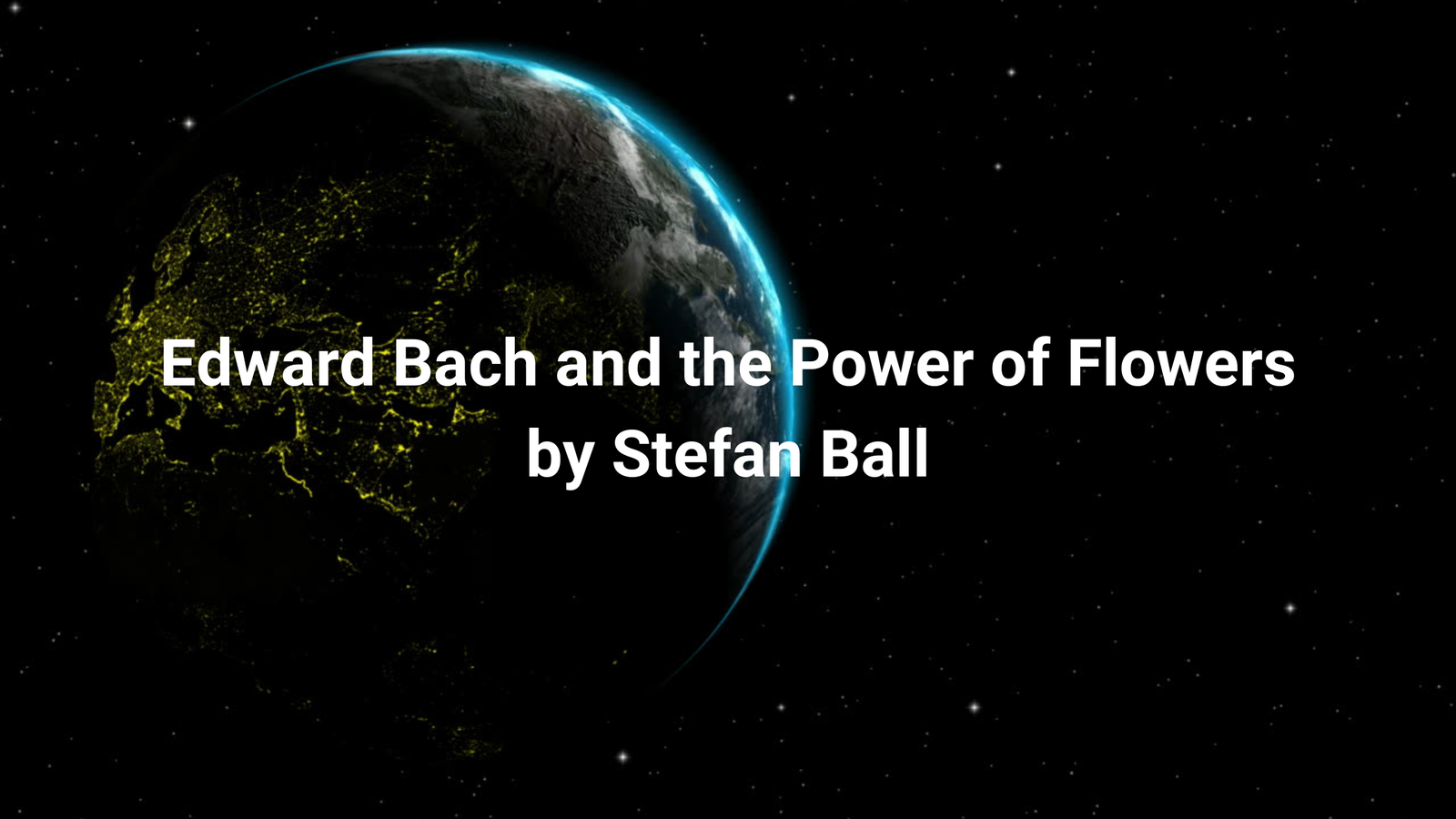

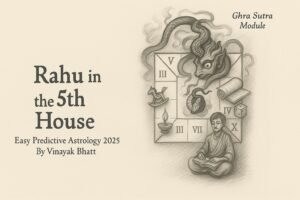

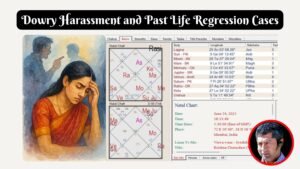
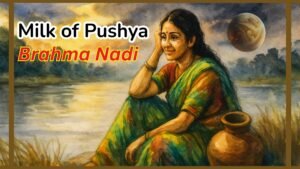

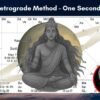
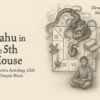

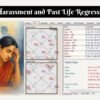
Leave a reply
You must be logged in to post a comment.